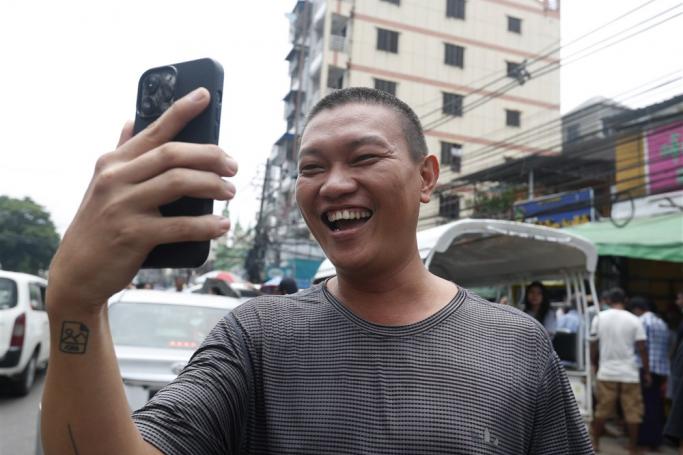Myanmar is one of several of Asia’s one-party states and dictatorships to be criticized by Reporters Without Borders (RSF) as the NGO marked World Press Freedom Day this week and laid out a ranking of countries.
Sclerotic one-party regimes, media control by oligarchs, including poorly-ranked North Korea (180th), China (179th), Vietnam (178th), Myanmar (173rd) when it comes to press freedom, sour the media landscape in Asia, according to RSF.
Asia’s one-party states and dictatorships are the ones that constrict journalism most, regimes with leaders who have continued to tighten their totalitarian grip on the public discourse. Starting with Xi Jinping, who secured a historic third term as China’s leader with a concentration of power without precedent since Mao Zedong, and has used it to pursue the crusade he launched against journalism 10 years ago.
With the result that China is the world’s biggest jailer of journalists and press freedom defenders, closely followed by Myanmar, which has become a black hole for news and information ever since the military seized control in a coup on 1 February 2021.
The RSF says the other phenomenon that dangerously restricts the free flow of news and information is the acquisition of media outlets by oligarchs with close links with political leaders. This is particularly the case in “hybrid” regimes such as India (161st), where all the mainstream media are now owned by wealthy businessmen close to Prime Minister Narendra Modi. At the same time, Modi has an army of supporters who track down all online reporting regarded as critical of the government and wage horrific harassment campaigns against the sources. Caught between these two forms of extreme pressure, many journalists are, in practice, forced to censor themselves.
The same trend is to be found in Bangladesh (163rd) and Cambodia (147th), where governmental persecution of independent media has intensified in the run-up to elections that are due to be held in the coming months.
RSF says another regional specificity is the persistence of issues and subjects which are regarded as off-limits and therefore prevent journalists from working freely. This is clearly the case in Afghanistan (152nd), where the Taliban government tolerates no straying from their fanatical version of the
Sharia and where women journalists are in the process of being literally erased from the media landscape. The media also know that targeting the sovereign too directly is very risky in such countries as Bhutan (90th), Thailand (106th) and the sultanate of Brunei (142nd).
On the other hand, changes of government loosened constraints on the media in Pakistan (150th) and the Philippines (132nd), even if these two countries continue to be among the world’s most dangerous countries for journalists. The replacement of one party or coalition in government by another also explains why such countries as Sri Lanka (135th), Malaysia (73rd) and Australia (27th) have risen in the Index.
At the upper end of the Index, functional democracies such as Taiwan (35th), Samoa (19th) and New Zealand (13th) have enhanced their status as regional press freedom models. One of this year’s surprises is the entry of Timor-Leste, a young democracy still under construction, into the Index’s top ten. It is a positive confirmation of the earlier observation about one-party regimes. Excessive, overly concentrated power is the main obstacle to journalistic freedom. It is when political, economic and judicial powers are balanced and regulated that press freedom can fully flourish.












